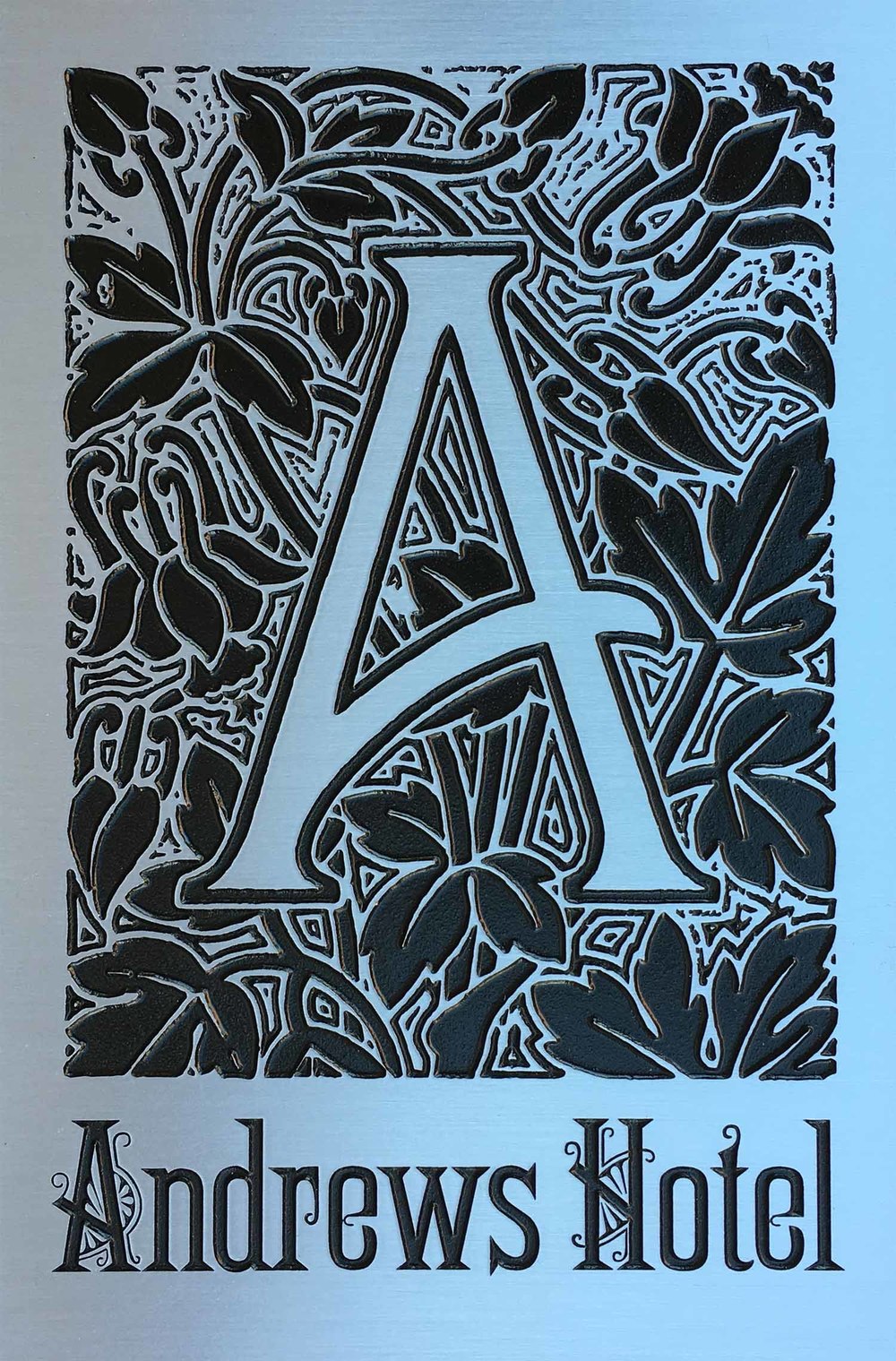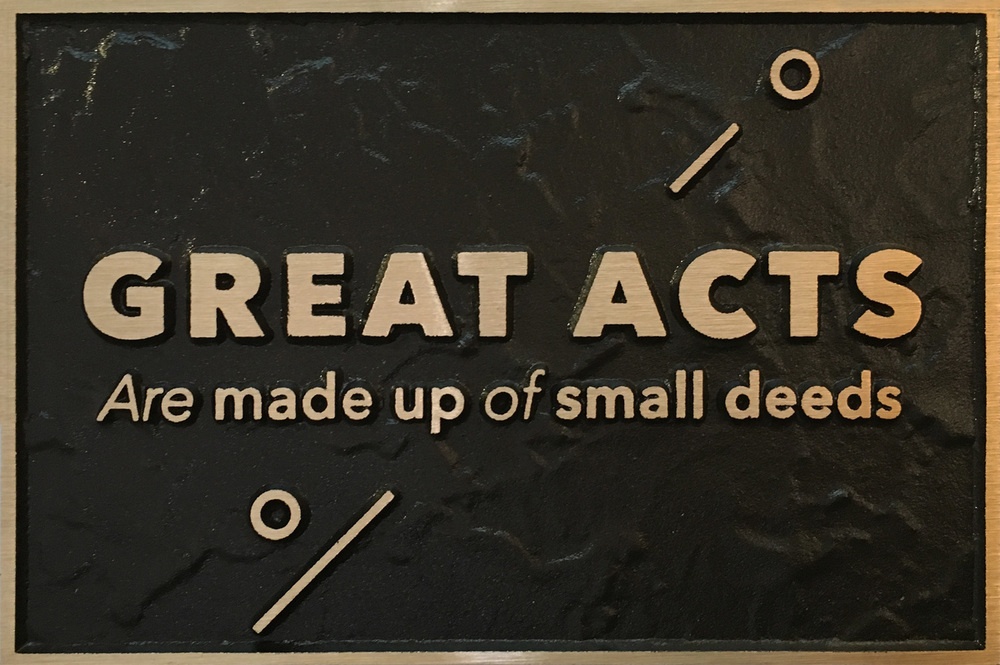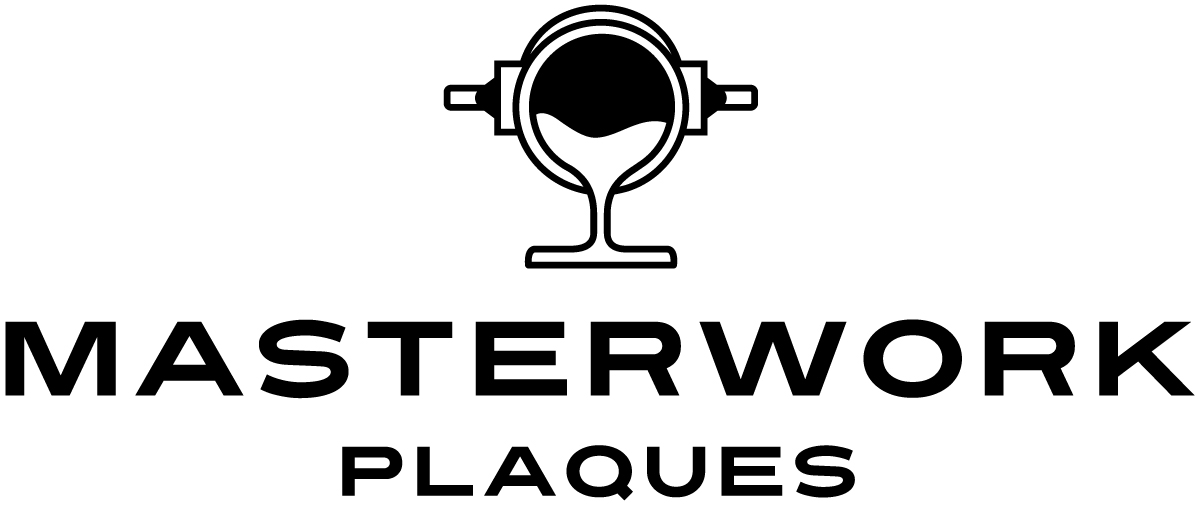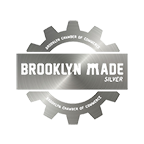Check out these info-graphics to determine which plaque is the best fit for your unique project. For more information on the difference between castings vs etchings, cast bronze vs cast aluminum, and stainless vs aluminum, check out our blog posts about comparing plaque types.
How to Choose the Best Plaque for Your Unique Project
Topics: cast plaques, Comparing Plaque Types, custom plaque, customized, etched plaques, flow chart, infographic
Ask the Plaque Maker: Etched or Cast Plaques?
Topics: cast plaques, Comparing Plaque Types, contemporary, durability, etched plaques, lobby plaques, signage, traditional
What is the difference between cast and etched plaques?
Masterwork Plaques specializes in the creation of custom-made plaques. At our studio, these plaques can be made in two different ways: as a cast plaque or an etched plaque.
CAST PLAQUES

Cast plaques are created using liquid, molten metal. Bronze is the most popular metal used at our studio. The metal is poured into a mold and cooled to create a solid plaque. Cast plaques typically have raised lettering and graphics, a raised border and a recessed background with a subtle background texture. The relief on a cast plaque (the depth of the raised elements) is about 3/32", which is more substantial than on an etched plaque.
Cast bronze plaques can be used for memorial plaques, donor plaques, commemorative plaques, and many other recognition projects. You will find many cast bronze plaques installed outdoors as they are very durable and hold up in many weather conditions. We also offer cast aluminum plaques in our studio as well. Each plaque type has different benefits depending on where the plaque is installed.
ETCHED PLAQUES

Our custom etched plaques are created using a chemical engraving process that allows for fine etched detail. A special chemical eats away at a sheet of metal (our most popular etched metals are stainless steel and brass) to create a design or written text. The metal sheet is then cut to any size you prefer. Etched stainless steel plaques typically have recessed lettering and graphics, although they can also be created with raised lettering to mimic a cast plaque. Etched plaques often are created without a border, and the remaining areas of the plaque are the raised, untouched metal. The shallow, recessed letters and graphics are typically filled with a black paint (or any other color) while the remaining areas stay the true color of the metal.
Etched stainless steel plaques and etched aluminum plaques have a more contemporary look in comparison to a cast plaque’s look which is more traditional. Etched plaques are often used for building signage, logos and lobby plaques. The etching process allows for thinner line-work than is possible in the casting process - but the tradeoff is that the details are created in a shallow relief (all recessed areas are only 0.1" deep).
Cast Bronze vs. Cast Aluminum Plaques
Topics: bronze, Bronze Plaques, chemical patina, colored plaques, Comparing Plaque Types, comparison, contemporary, durability, in-ground plaques, inset plaques, logo plaques, signage, stainless steel, traditional, aluminum, Aluminum Plaques
Determining the Proper Metal for your Plaque Project
After browsing through various plaques online and in your neighborhood, you have very likely come across both bronze and aluminum plaques. Both plaque types are very popular and are used for both indoor and outdoor use, for traditional and unique purposes. Masterwork Plaques creates both cast aluminum and cast bronze plaques at our studio, and each plaque is custom-made to your liking. After working with each metal type over the years, we would recommend aluminum and bronze plaques for different applications.
CAST BRONZE PLAQUES

The benefit of a cast bronze plaque is its exceptional durability. Bronze is an alloy made primarily of copper and tin. It is stronger and harder than any other common metal alloy, with the exception of stainless steel. This makes a cast bronze plaque an ideal choice for exterior plaques used as standard signage, commemorative plaques, memorials and plaques that are inset into the ground. Cast bronze will hold up well against a variety of weather conditions and is finished with a clear lacquer for extra protection. If you are looking for a plaque installed under foot, bronze plaques hold up well under heavy foot traffic. Bronze is also the most traditional material used for plaques, so this metal type will give your project a look of class, distinction and strength. Bronze plaques have a recognizable luster created by the application of a true chemical patina, which holds up better than a paint or stain.
Benefits of Cast Bronze:
- Durability and strength
- Classic, traditional look
- Ability to hold fine detail
- Rich luster and chemical patina
- Wall installation and in-ground installation
CAST ALUMINUM PLAQUES

Cast aluminum plaques have unique benefits of their own. Although aluminum is a much softer metal, it is significantly lighter in weight than cast bronze, while still retaining the ability to hold up well against a variety of weather conditions. The silver coloring of aluminum plaques also has a sleek, contemporary look, perfect for modern buildings with a materials palette of glass and steel. Aluminum is durable enough for both interior and exterior plaque installations, and can be mounted to just about any type of wall, stone or platform, as can bronze. However, because of the softness of the metal, aluminum plaques are not recommended for plaques that are inset into the ground or installed in very high-usage areas. At our studio, cast aluminum is a great alternative to a bronze plaque if you are looking to create a large durable plaque on a smaller budget. The background of an aluminum plaque can be painted virtually any color, making it a nice choice for corporate logo plaques or other graphic signs where the company’s colors are integral to the overall design.
Benefits of Cast Aluminum:
- Lightweight metal
- Budget friendly
- Contemporary, silver coloring
- Colored backgrounds
- Wall-only installation
For more information on the metal types we offer at our studio, check out our material options on our website.

